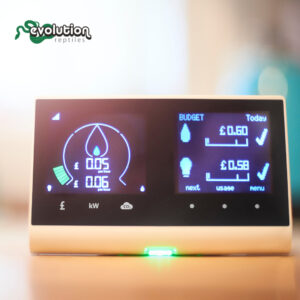
How much does it cost to run my vivarium?
How much does it cost to run my vivarium? We are all becoming more aware of energy costs as the price continues to rise. So
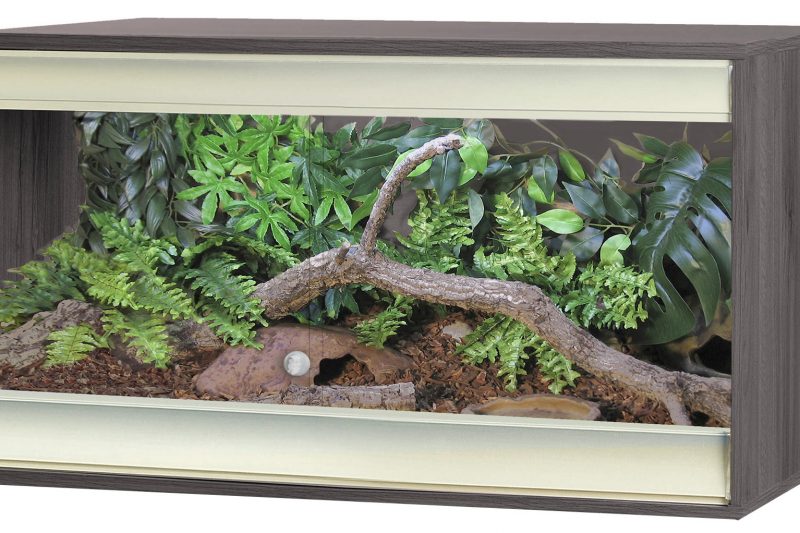
When it comes to finding the best vivarium for your reptile pet – especially in the UK – most of us start thinking about wooden vivariums. For years these have been the tried and true method of bringing security and comfort to your reptile, and they still have a vital place in the animal housing market.
But how do you choose which one is going to be the best choice for your pet? In this article, we will guide you to what, in our opinion, is the best wooden vivarium housing for the more commonly kept pet reptiles.
As a general rule, the bigger the better! Size isn’t the only consideration, though; there are a number of factors that need to be taken into account to ensure that you are providing the best enclosure for your pet.
The Viv-Exotic range covers the vast majority of useful sizes of vivariums. The Viva+ and AAL ranges have an innovative design of vents that allow for equipment cables to be routed through securely and are very secure when assembled correctly.
Bigger is always better! The standard recommended is the VivExotic ReptiHome AAL Bearded Dragon, which measures 120 x 62.5 x 62.5cm (48 x 25 x 25″). This really gives your young dragon room to thrive and grow!
Importantly, this is really the minimum size available that gives you enough space to get a really good temperature gradient for your dragon; any smaller, and if you get the basking spot hot enough then the cool end isn’t cool at all. Bearded dragons, like all reptiles, must be able to adjust their internal temperatures by moving around their homes.
For those wanting an even more exciting home for their dragon, we do supply an extra-large wooden vivarium – 183 x 61 x 61cm (72 x 24 x 24”). If you have the space, this is definitely the one to go for.
Again, we need to look at size and ventilation. Really, the only wooden vivarium we could recommend for the commonly kept species of chameleon (panther and Yemen, or veiled) is the VivExotic Large Deep Arboreal. Coming in at 115cm width, an impressive 61cm depth and a 91.5cm height (45 x 24 x 36”) with large vents specifically designed to make installing equipment easier, this is a great base for your chameleon’s habitat.
It is very important to use a good quality silicone sealant to seal all the seams of your vivarium. This is important in any wooden vivarium, but as chameleons need to be kept at a higher humidity than some other commonly kept reptiles it’s absolutely vital. Allow the sealant at least 24 hours to cure – it’s safe to install your decor and heating equipment once the smell of vinegar has worn off.
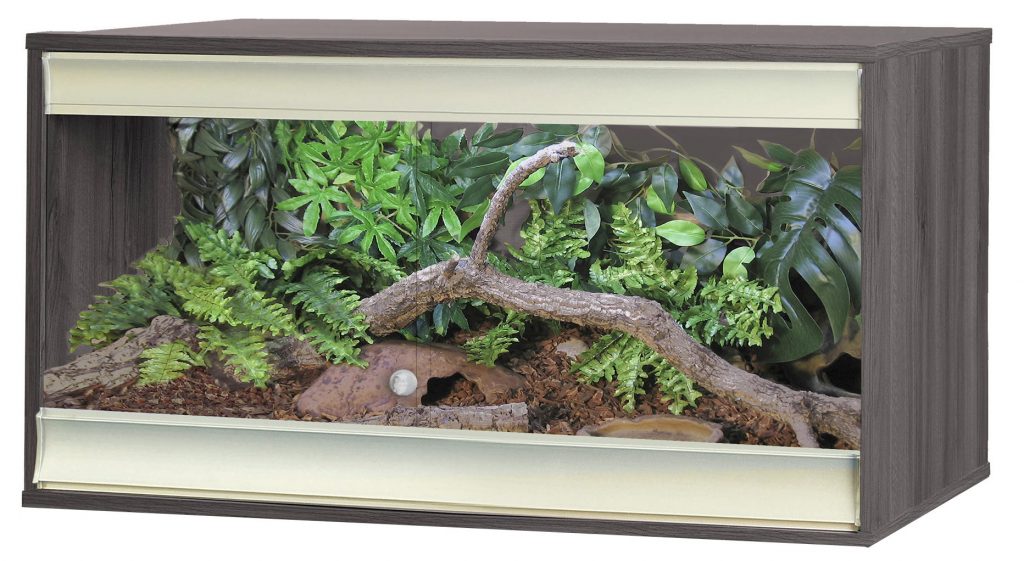
As with all reptiles, an enclosure can be too small but rarely too big! The advice on putting small snakes in cramped accommodation is wildly out of date – we understand that these reptiles need a large, interesting environment in order to thrive and live a long and healthy life.
Some stores recommend using the Viva+ terrestrial medium for a hatchling corn snake, and it is possible to get enough of a temperature gradient for a very small snake in this size of enclosure. Better still is the Viva+ terrestrial large, although this is still very narrow and not really suitable for long term use.
The size that we recommend as permanent housing for all commonly kept colubrids (corn, king, and rat snakes, western hognose, garter snakes), as well as small python species (royal/ball python, spotted python, anthill python) and small boa species (Columbian and Brazilian rainbow boas, rosy boas, sand boas), is the Viva+ large deep terrestrial vivarium. This vivarium is large enough to establish an effective heat gradient for tropical or temperate species, and as long as all vents are firmly seated then they are escape-proof for all but the tiniest individuals.
If being used for species that like a higher level of humidity, then it is very important to seal the seams of the vivarium with an animal safe silicone sealant.
Before you select the wooden vivarium best suited for your new pet, it’s worth taking a few minutes to consider the following:
For an animal like a bearded dragon that reaches its full length within a year, it is vital to make sure that their home is large enough for a fully grown adult. Their growth rate is so fast that they need access to the correct levels of heat and light as soon as they hatch, or their growth will be affected and possibly stunted. Their health will suffer if they cannot thermoregulate effectively, which is the biggest concern with housing that is too small. They need room to exercise as well!
A slower growing animal like a uromastyx could, theoretically, manage in a smaller space for a year or so, but replacing the heating and lighting equipment every 12 months until it is fully grown is going to be expensive. It’s much more economical to provide your new pet with everything they need from the first day of their life with you, and it will keep them healthier too.
Larger vivariums are actually easier to stabilise temperature and humidity, as the larger volume of air and substrate changes condition more slowly than smaller volumes. In a smaller vivarium, your new pet can overheat distressingly quickly, and species that prefer high humidity will dry out faster than those with more substrate to burrow in or a larger cool area that holds moisture.
Don’t forget that our team of reptile experts are always ready to help you find the perfect wooden vivarium for your new pet – just give us a call or drop us a line!
If you would like to find out more about our range of vivariums and reptile supplies available from our reptile shop in Kidlington, please click here to contact our team who are always happy to help. For more information on caring for lots of different pet species, check out our care hub which has a large number of care sheets that you might find useful.
We hope to hear from you soon!

How much does it cost to run my vivarium? We are all becoming more aware of energy costs as the price continues to rise. So
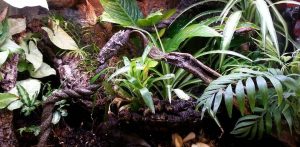
Setting up a new enclosure, especially for the first time, can be very confusing. There are a lot of questions that we are commonly asked
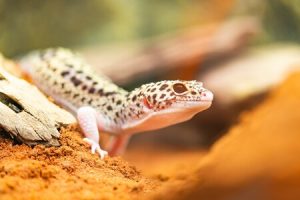
Once we have decided on what species of reptile we want to keep, we have to assemble the equipment needed for it to live a
Copyright 2021 Evolution Reptiles
All rights reserved.